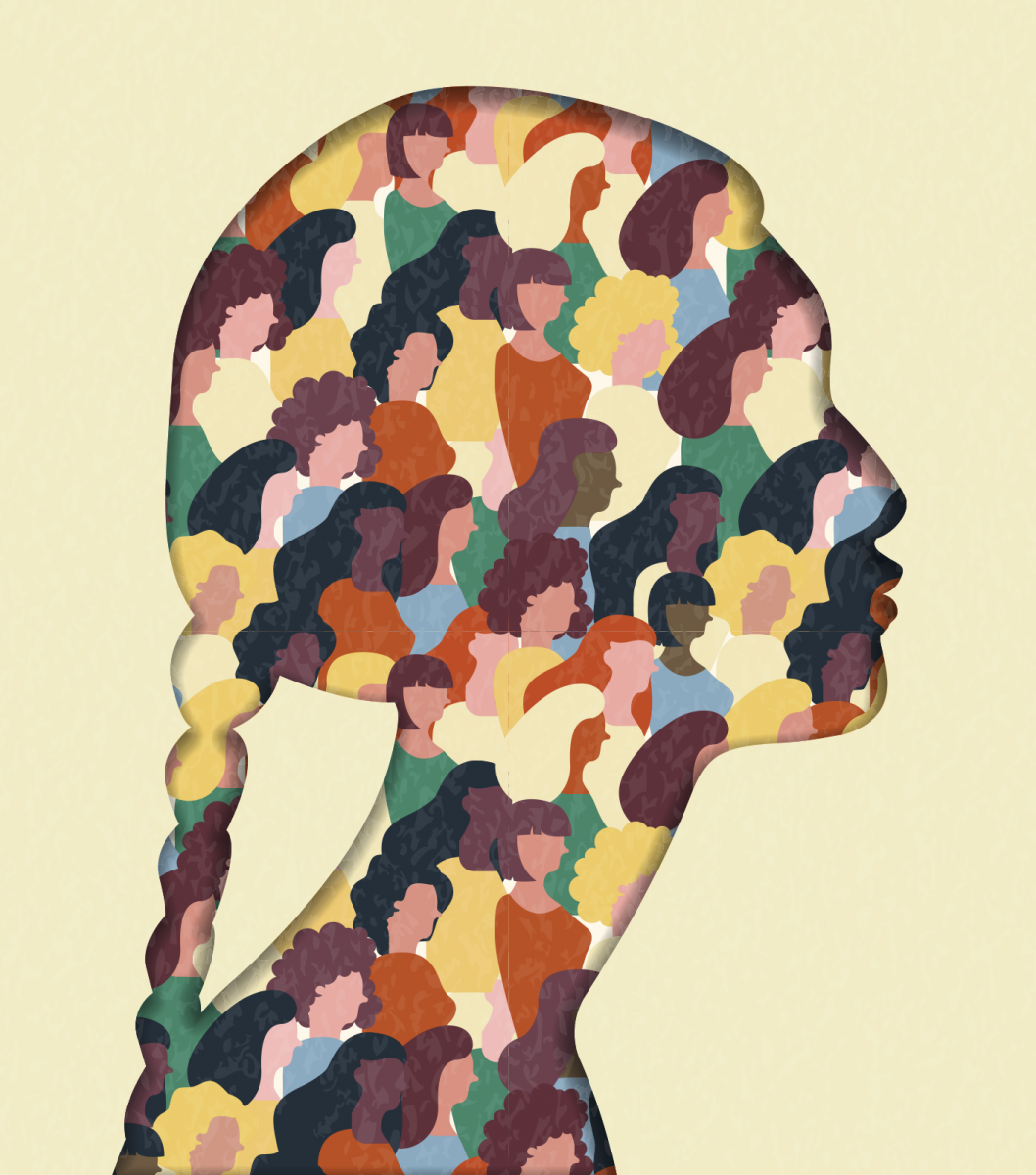[vc_row][vc_column][vc_column_text]If Canada wants to come out of the pandemic stronger, women need to be at the centre of our recovery.
The pandemic has completely blurred the lines between home and work. This is especially true for women who have shouldered the majority of the growing demands that have come with balancing their professional and domestic responsibilities over the last 20 months, and often without any additional support or recognition.
It’s no secret that women have experienced greater setbacks as a result of the pandemic. According to a recent study by Lean In, 25 percent of women have wanted to voluntarily leave the workforce because of the increasing burdens placed upon them at work and at home, and this disproportionate impact will take decades to restore. American Progress has also noted that four times as many women as men dropped out of the labour force in September of 2020 alone, undoing decades of significant progress towards gender equality.
RELATED: One Year Later: Lessons Canadian Entrepreneurs Learned During the COVID-19 Pandemic
What can we do to ensure that our post-pandemic recovery is more favourable to women, a group that has experienced these setbacks the most? The first thing we need to do is bring more awareness about what this means for all Canadians, recognizing that centering women in our post-pandemic recovery will lead to greater prosperity for everyone.
It’s worth mentioning that the world we’re entering won’t be the same one that we left behind in March 2020; how things and people worked in the past won’t work or translate in our new and current reality. We need fresh and new approaches to ensure that the world we’re looking to rebuild is resilient enough to withstand the toughest of global challenges. Things like paid maternity leave, subsidized child care, early childhood education, flexible working models, mentorship programs, and access to better mental health resources, will help alleviate some of the extra weight that women have been carrying for almost a century, all exacerbated by the pandemic.
We also need to remember that what society currently defines as labour—a transactional exchange between an employer and employee—isn’t as realistic or all encompassing as it used to be. In an effort to find more life balance, more and more women are turning their side hustles and hobbies into full-blown careers. And in order to truly support women and the economy-at-large, we need to be more willing to expand what we consider “work”, including unpaid domestic responsibilities.


If we want to ensure a full and equitable economic recovery, governments must remove barriers for women entrepreneurs. According to the World Bank, women-owned businesses were approximately 10 percent more likely to close than those owned by men during the pandemic; in part, due to men outnumbering women as sole proprietors. More support for female entrepreneurs is necessary by way of tangible monetary support to help close that gap. The government of Canada’s newly launched Women Entrepreneurship Strategy—a six-billion-dollar investment to increase women-owned businesses by giving them access to financing, talent, and networking opportunities to help scale their business—is an encouraging start. By lowering the barriers of entry for women business owners, we’re not only empowering them but also empowering the generations after them who will grow up to see women in business leadership positions as neither novel nor noteworthy. Setting women entrepreneurs up for success also benefits the Canadian economy at large, helping to kick-start our country’s post-pandemic recovery by creating more jobs, spurring innovation, and helping to lay the foundation for the financial security and benefits that come with intergenerational wealth.
Change is always inevitable, especially after a life-changing event on a global scale. And with change comes an opportunity to completely rethink how things worked before. If we truly want to “build back better,” we need to strengthen our ability to adjust and adapt as a society and economy. As Esther Perel once said, “adaptability is the conversation within us between stability and change, between continuity and innovation. It is the marriage of our fundamental needs for security and adventure.”
The oversized expectations that are placed upon women and the gender biases that are woven into the fabric of our society was a point of contention well before the pandemic. Understanding the additional challenges that women have faced over the last two years, and exploring how those challenges can be turned into opportunities that will benefit society as a whole, is what’s going to help us emerge from this pandemic stronger and more resilient than ever.
Janice Liu is the Senior Vice President and General Manager of Magnet, and co-founder of Filling the Gap Toronto
[/vc_column_text][/vc_column][/vc_row]













